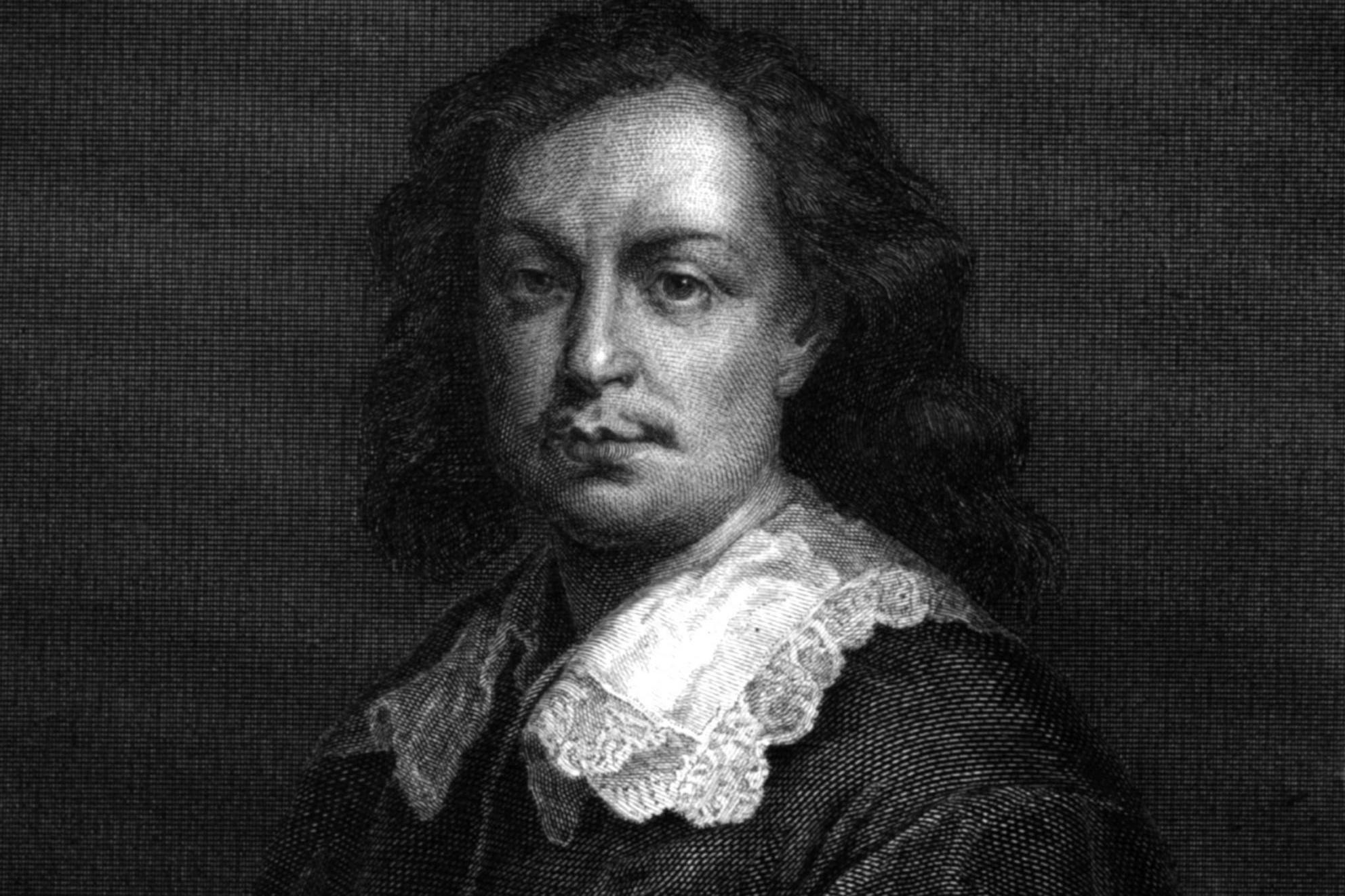Bartolomé Esteban Murillo: Spanish Baroque painter honoured with Google Doodle
The artist's works include the Soult Immaculate Conception and the Vision of Saint Anthony
Your support helps us to tell the story
From reproductive rights to climate change to Big Tech, The Independent is on the ground when the story is developing. Whether it's investigating the financials of Elon Musk's pro-Trump PAC or producing our latest documentary, 'The A Word', which shines a light on the American women fighting for reproductive rights, we know how important it is to parse out the facts from the messaging.
At such a critical moment in US history, we need reporters on the ground. Your donation allows us to keep sending journalists to speak to both sides of the story.
The Independent is trusted by Americans across the entire political spectrum. And unlike many other quality news outlets, we choose not to lock Americans out of our reporting and analysis with paywalls. We believe quality journalism should be available to everyone, paid for by those who can afford it.
Your support makes all the difference.A Google Doodle is paying tribute to Bartolomé Esteban Murillo today, honouring the legacy of one of the most illustrious Spanish Baroque painters.
Murillo, whose most famous works include the Soult Immaculate Conception and the Vision of Saint Anthony, is believed to have been born at the end of 1617, and baptised on January 1, 1618.
A “humble, pious” man according to the Encyclopaedia Britannica, Murillo first learned from his distant relative Juan del Castillo, also a Baroque painter.
In the 1640s, Murillo travelled to Madrid, where he learned from Diego Velázquez, one of the leading figures of the Spanish Golden Age who was once King Philip IV’s court painter.
From Madrid, Murillo studied the works of Italian and Flemish painters, including Anthony van Dyck and Jusepe de Ribera.
After going back to his native town of Seville, Murillo painted 11 pictures for the convent of San Francisco.
The acclaimed paintings helped Murillo rise to fame, bringing him a series of commissions and ensuring he had work.

Around the early 1650s, Murillo experienced a change of style, characterised by softer outlines, eventually veering towards a more vaporous effect.
The painter, who came from a financially humble family, married the wealthy Beatriz de Cabrera y Sotomayor in the 1640s.
He died on 3 April, 1682, around the age of 64.
His works can be found at Madrid’s Museo del Prado, at the state Hermitage Museum in Saint Petersburg, and at the Wallace Collection in London, among other venues.

Join our commenting forum
Join thought-provoking conversations, follow other Independent readers and see their replies
Comments